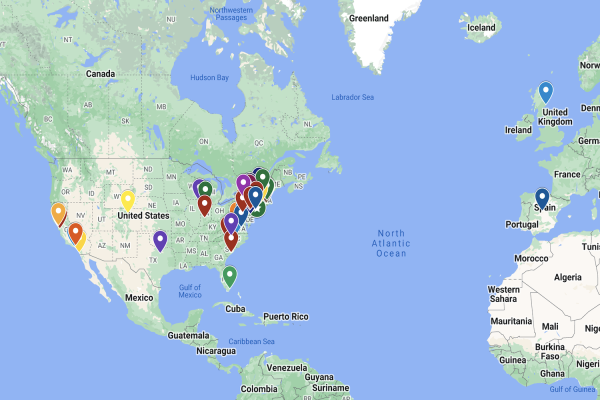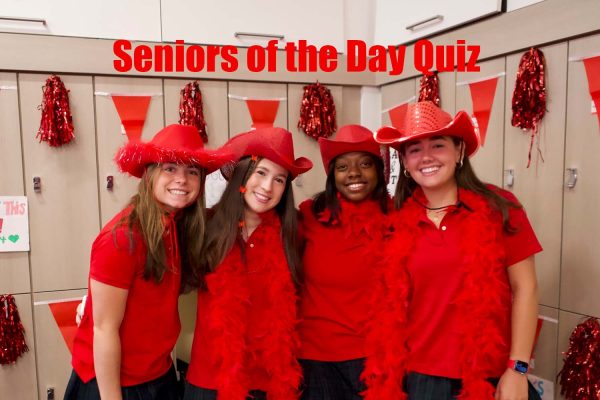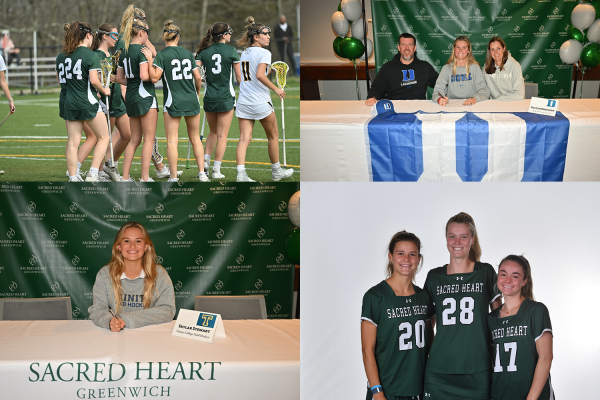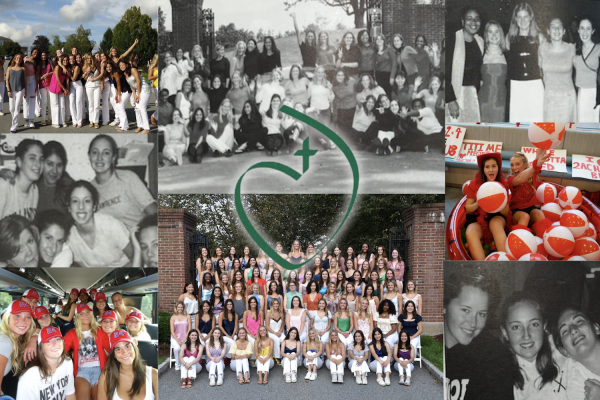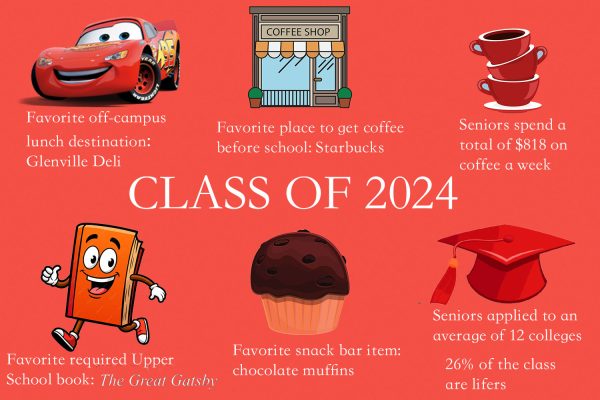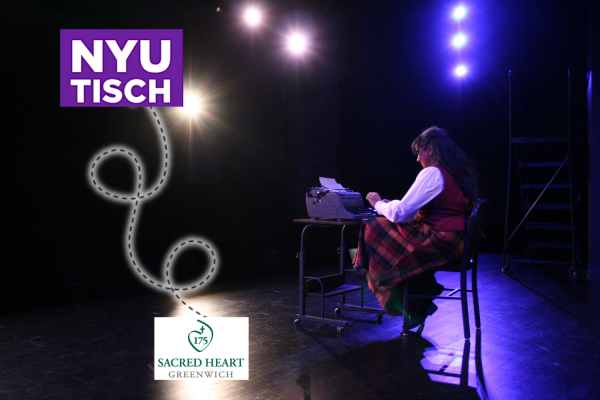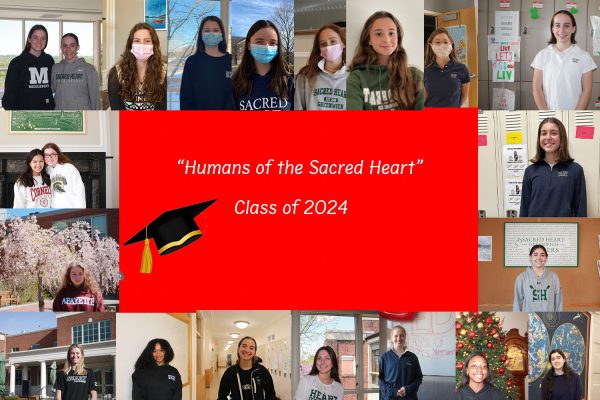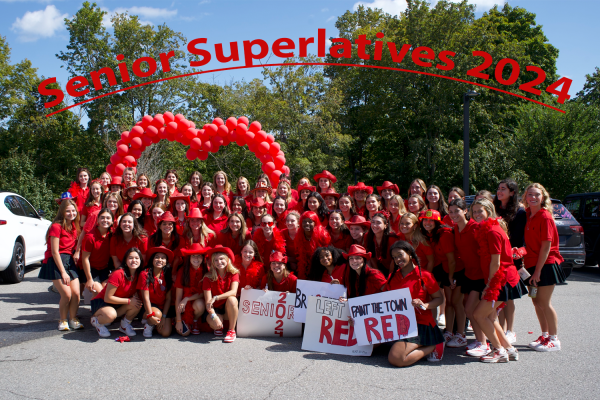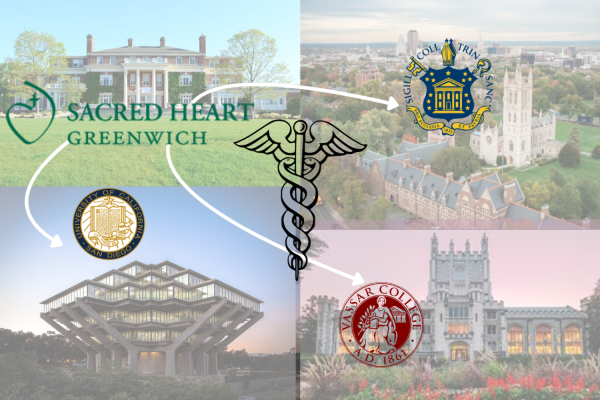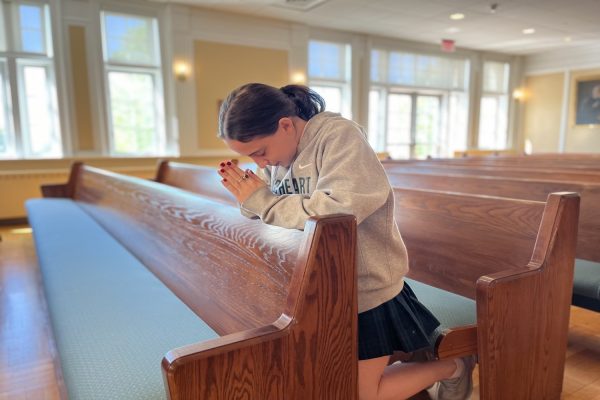Teachers learning to teach learning

Jane Gerstner ’14
Teachers can be, and often are, students too. Dedicated to both teaching and learning, Convent of the Sacred Heart faculty members are going back to school and engaging in Deeper Learning Mass Open Online Course (DLMOOC), a free course designed for educators interested in promoting deeper learning in their own classrooms.
DLMOOC defines deeper learning as “an umbrella term for the skills and knowledge that students must possess to succeed in 21st century jobs and civic life,” specifically the development of six particular skills which enable students to achieve at high levels. These include the capacity to “master core academic content, think critically and solve complex problems, work collaboratively, communicate effectively, learn how to learn (e.g., self-directed learning),” and maintain “academic mindsets.”
One of the main goals of the nine-week course, as outlined on the website, is for teachers to experience deeper learning themselves so that they might understand and integrate the same strategies into their own work and school communities. Sacred Heart teachers across all disciplines are currently inspired by this connective, innovative program.
“It’s interesting to hear about such different types of schools around the country that have such completely different structures,” Upper School Spanish teacher Mrs. Renee Rodriguez said. “I’m a firm believer that there is not just one way to do something and that we can benefit from most any experience. It would be interesting to further explore and see what works well in each type of school.”
If a MOOC is a massive open online course, DLMOOC certainly lives up to its name. The site launched January 20, 2014 and is entirely public.
High Tech High Graduate School of Education, Peer to Peer University, MIT Media Lab, the Hewlett Foundation Deeper Learning Community of Practice, and the Raikes Foundation Middle Shift Learning Network developed and currently run the course. Weekly agendas include hour-long panel discussion videos, tweets of the week, suggested resources and “Put it into Practice” activities, aiming to provide users with ample opportunity to collaboratively explore and implement progressive educational theories.
“It’s already energized my teaching and gotten me to try new things,” Head of the Upper School English Department Dr. William Mottolese said. “Right now I’m looking at the role of more creative, more inventive, more collaborative projects in my class.”
DLMOOC is designed so that users can join at any time and participate in a variety of ways. Complete with a Google Plus community, participants are “welcome to share the course materials with the world,” according to dlmooc.deeper-learning.org.
“I love the flexibility of it,” Mrs.Rodriguez said. “It’s set up so that everything is archived and can be accessed whenever you want.”
The site provides an archived outline of the topics covered on a weekly basis. Each week focuses on a central theme. Week 8, the week of March 10, examines the theme of “Exhibiting student work, audience, and curation of student work.”
As DLMOOC draws to a close, many Sacred Heart teachers are eager to bring what they have learned back to their classes.
“I think MOOC will be useful, but on a different scale for everyone,” Mrs. Rodriguez said. “I believe that I will use more peer editing and try to incorporate more project-based learning ideas. However, they can be time-consuming to plan, so I think that it is important to remember that you don’t need to completely change your way of doing things, but rather add new practices and new teaching strategies little by little.”

